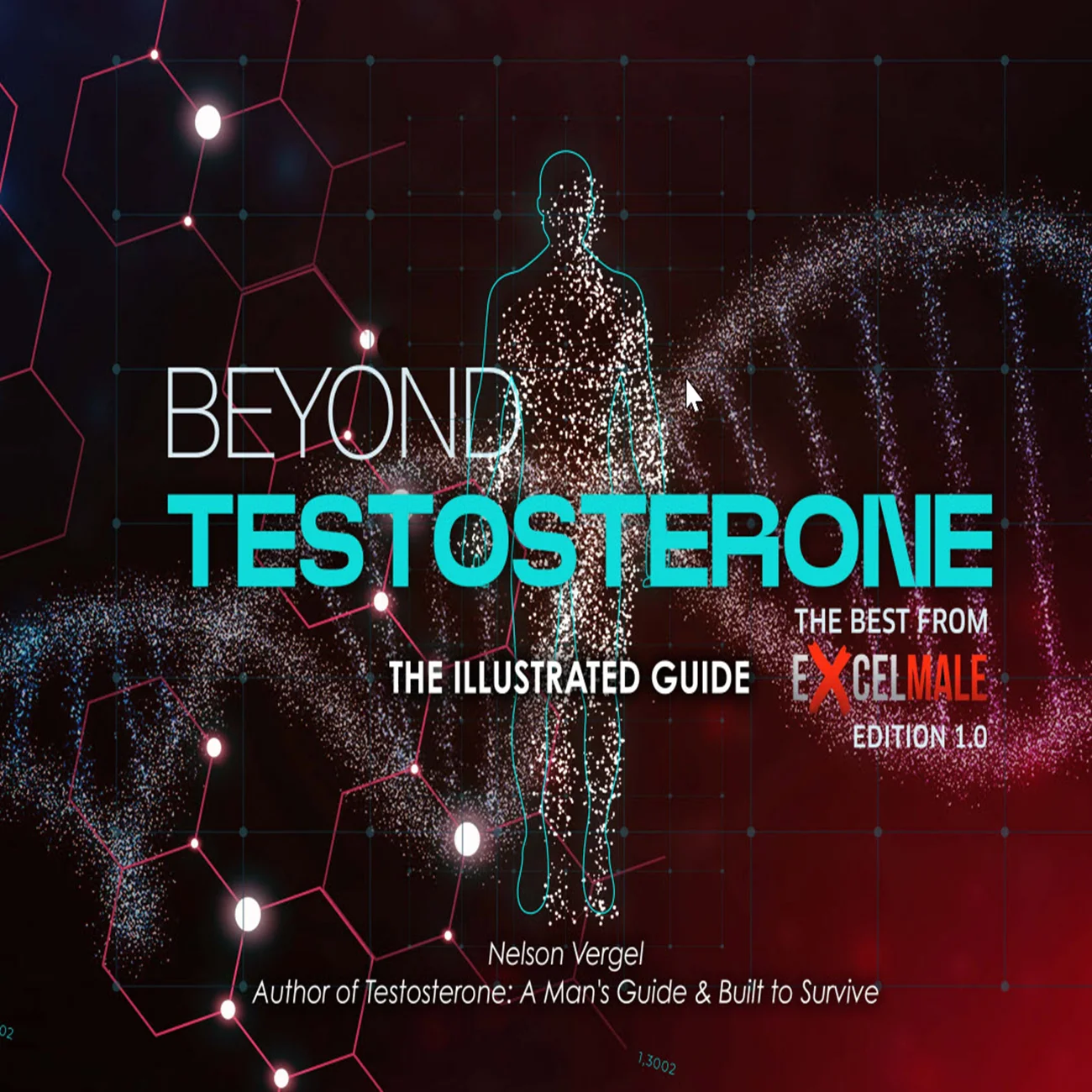madman
Super Moderator
* Tatem shares his path from fellowship under Larry I. Lipshultz, MD, to leading national men’s health strategy, blending clinical experience with a personal perspective on testosterone deficiency. He outlines the most effective and sustainable treatment options—from injectables like cypionate and enanthate to newer oral therapies like Kyzatrex—explaining how he customizes regimens based on body composition, aromatization risk, and patient lifestyle.
Explore the latest insights on testosterone therapy, its benefits, and practical applications from leading urologists in men's health.


 www.urologytimes.com
www.urologytimes.com
In this episode of Pearls & Perspectives, host Amy Pearlman, MD, sits down with Alex Tatem, MD, a urologist with Urology of Indiana and corporate director of men’s health for US Urology Partners, for a deep dive into the practical and nuanced realities of testosterone therapy.
Together, they unpack what it means to deliver meaningful care in a landscape crowded with confusion, outdated messaging, and inconsistent training. Tatem shares his path from fellowship under Larry I. Lipshultz, MD, to leading national men’s health strategy, blending clinical experience with a personal perspective on testosterone deficiency. He outlines the most effective and sustainable treatment options—from injectables like cypionate and enanthate to newer oral therapies like Kyzatrex—explaining how he customizes regimens based on body composition, aromatization risk, and patient lifestyle.
Pearlman and Tatem dig into the art of hormone management, discussing injection technique, frequency, side effect mitigation, and how to guide patients through formulation decisions. They touch on evolving views around estradiol, the limitations of past training models, and how a few key lab values (like LH, FSH, and prolactin) can dramatically change management—especially in younger men or those considering fertility.
Later, they address broader questions about medical trust, guideline gaps, and testosterone’s misunderstood cardiovascular risk profile. Tatem calls for providers to be the first line of preventive care for aging men, noting that although testosterone has become culturally controversial, proper management is rooted in physiology, long-term health, and personalized care.
Together, Pearlman and Tatem demystify testosterone therapy, positioning it not just as a treatment—but as a critical tool for enhancing longevity, independence, and quality of life.
Explore the latest insights on testosterone therapy, its benefits, and practical applications from leading urologists in men's health.

Pearls & Perspectives: From Guidelines to Practice—Navigating the TRT Treatment Spectrum, with Alex Tatem, MD | Urology Times
Explore the latest insights on testosterone therapy, its benefits, and practical applications from leading urologists in men's health.
In this episode of Pearls & Perspectives, host Amy Pearlman, MD, sits down with Alex Tatem, MD, a urologist with Urology of Indiana and corporate director of men’s health for US Urology Partners, for a deep dive into the practical and nuanced realities of testosterone therapy.
Together, they unpack what it means to deliver meaningful care in a landscape crowded with confusion, outdated messaging, and inconsistent training. Tatem shares his path from fellowship under Larry I. Lipshultz, MD, to leading national men’s health strategy, blending clinical experience with a personal perspective on testosterone deficiency. He outlines the most effective and sustainable treatment options—from injectables like cypionate and enanthate to newer oral therapies like Kyzatrex—explaining how he customizes regimens based on body composition, aromatization risk, and patient lifestyle.
Pearlman and Tatem dig into the art of hormone management, discussing injection technique, frequency, side effect mitigation, and how to guide patients through formulation decisions. They touch on evolving views around estradiol, the limitations of past training models, and how a few key lab values (like LH, FSH, and prolactin) can dramatically change management—especially in younger men or those considering fertility.
Later, they address broader questions about medical trust, guideline gaps, and testosterone’s misunderstood cardiovascular risk profile. Tatem calls for providers to be the first line of preventive care for aging men, noting that although testosterone has become culturally controversial, proper management is rooted in physiology, long-term health, and personalized care.
Together, Pearlman and Tatem demystify testosterone therapy, positioning it not just as a treatment—but as a critical tool for enhancing longevity, independence, and quality of life.












